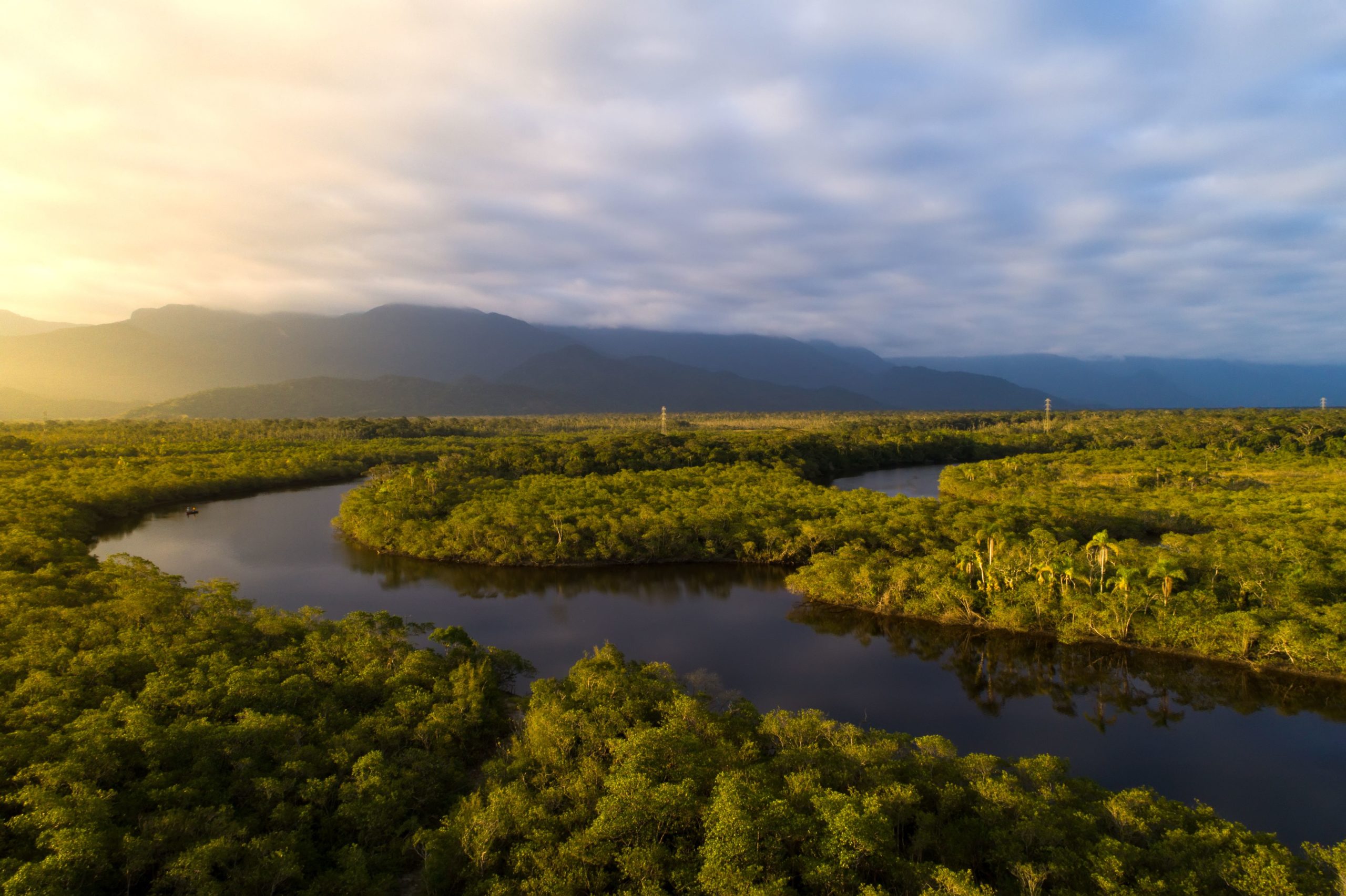- CSOs denounce that the Leticia Pact does not include solutions that ensure the sustainability of the Amazon, one of the main ecosystems on which humanity depends.
- There is concern the measures proposed in the Leticia Pact affect highly sensitive social and environmental areas.
In 2019, the governments of Peru, Colombia, Brazil, Guyana, Suriname, Ecuador, Guyana and Bolivia signed the Leticia Pact, with the aim of curbing deforestation and illegal activities with the support of financial resources. However, it has been observed that its design, in practice, configures it as a threat to traditional communities and indigenous peoples of the region.
In this framework, more than 70 civil society organizations (CSOs) from Latin America and other regions speak out on the Leticia Pact, with the aim of sending their requests to the representatives of the states and the Inter-American Development Bank (IDB), to reformulate the pact towards an intercultural perspective, with a human rights approach, with socio-environmental governance, and that integrates the Amazon basin as an ecosystem that is currently suffering an unprecedented crisis.
In this regard, the Pact also jeopardizes efforts to counteract deforestation. In 2020 the Amazon lost about 2.3 million hectares of forests in the 9 Amazonian countries, a higher figure than in 2019. In turn, by leaving out the indigenous peoples and traditional communities in creation of the Pact, the situation that environmental and indigenous defenders are going through is not being taken into account. Currently, there has been an increase in violence in the Amazon basin; Brazil, Colombia and Peru are the most dangerous countries for people who defend nature and territory; a situation that must be taken into account if you want to promote a safe and secure Amazon.
One of the Pact’s main partners is currently the IDB. To date, IDB has proposed to transfer to the Amazonian governments the sum of approximately 334 million USD, through initiatives such as the Strategic Seed Program for the Amazon (USD 20 million), the Amazon Bioeconomy and Forests Multi-Donor Fund (USD 35 million) and the Amazon Bioeconomy Fund (USD 279 million), the latter was approved by the Green Fund for Climate. In this regard, the bioeconomy is currently a little-known investment trend, and “it is not clear what the goals are to counteract deforestation and forest restoration and how to deal with predatory activities and land-use change based on the bioeconomy” says Claudio de Oliveira of the Infrastructure Working Group.
Based on this situation, a statement was launched within the framework of the event organized by CSOs on March 30, called “The role of the Inter-American Development Bank in the post-pandemic context: Challenges and Opportunities for a fairer and more sustainable recovery”, which had the objective of presenting the observations of civil society on the shortcomings, gaps that the IDB has within the implementation of its loans in the region; thus evidencing the lack of participation spaces for civil society in the bank’s annual meeting. Denisse Linares, specialist of the Amazon program of DAR (Peru), highlighted that “the Leticia Pact did not consider having an intercultural dialogue with indigenous peoples. Nor does the IDB address the great problems of the Amazon and the initiatives that the peoples already have, such as their livelihoods and plans. For this reason, the statement published today by civil society organizations calls on the IDB to finance while respecting human and environmental rights.”
These initiatives also imply a risk, since they are being approved with the same deficiencies as the Pact. So, it is necessary to tell the IDB that financial institutions are required to change the market logic of exploiting nature. For this reason, traditional communities, Afro-descendants, and other civil society organizations in Latin America demand changes from the representatives of the states, such as:
- Multi-stakeholder dialogue process to review the Pact and its implementation strategies.
- Make the planning of the Pact transparent at the national level.
- Inclusion of instruments, strategies to guarantee the recognition and regularization of the territorial rights of indigenous peoples and other traditional communities.
- Inclusion of the initiatives of indigenous peoples for the protection of the Amazon.
- Protection of environmental and indigenous defenders, the Escazú Agreement being a key element for the development of the Pact.
- Incorporation of an inclusive vision of the bioeconomy.
- Build a clear and innovative strategy on sustainable and inclusive infrastructure.
Finally, it is necessary to develop the debate about the Leticia Pact and related IDB initiatives at the regional level with the representatives of the states, so that comprehensive solutions are proposed and respect the rights of all.
See pronunciation: Spanish I Portuguese I English

